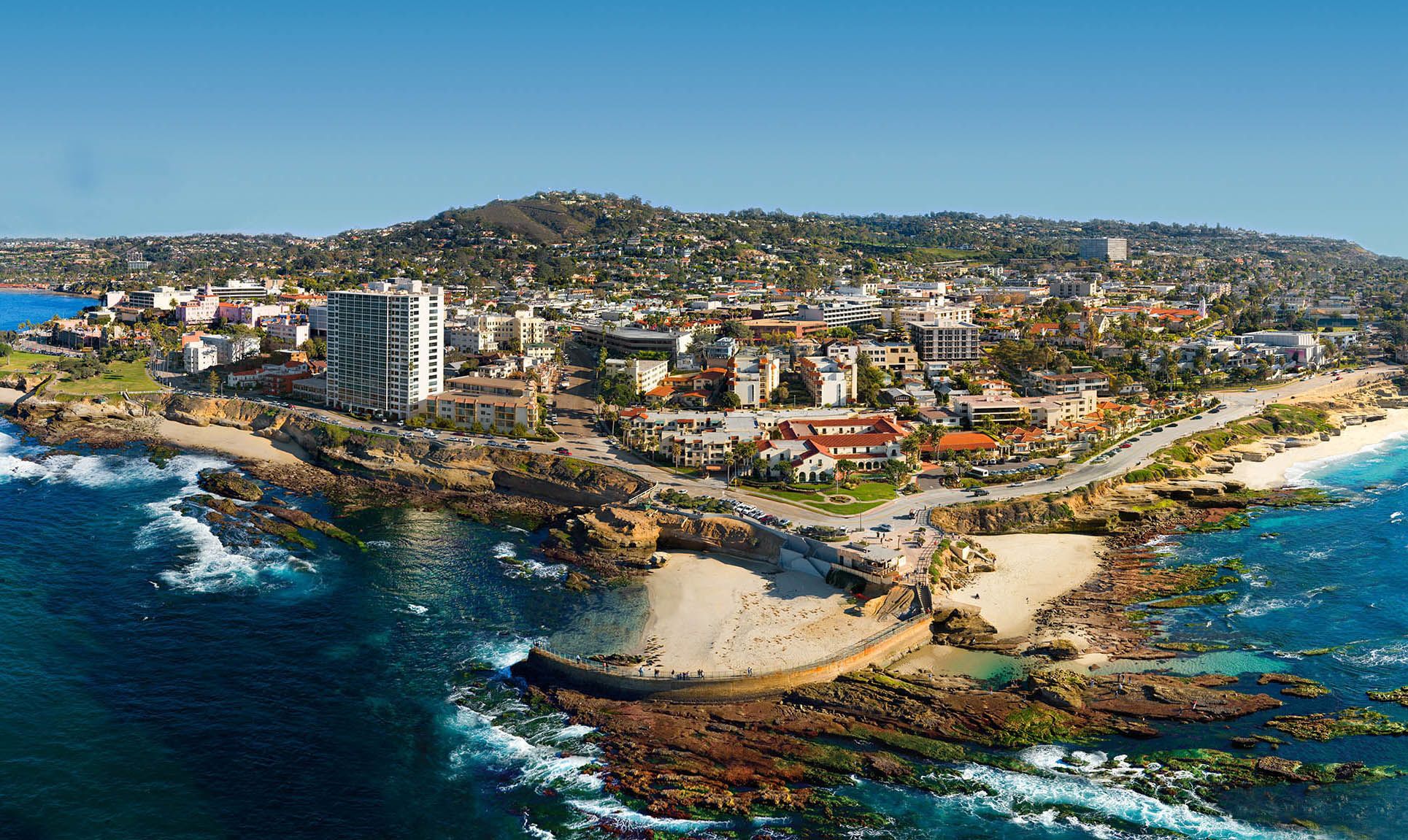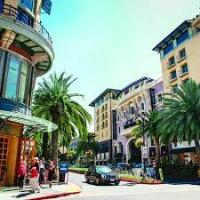(Copy) Air Quality in California
An overview of air quality statuses and context in the top three major cities in California

Los Angeles
Los Angeles contends with air pollution from both traffic and wildfires, which frequently degrade air quality, leading to health concerns. The city implements some emission controls and public transport promotion to tackle car-related pollution and responds to wildfires with evacuation orders and advisories.

San Diego
San Diego generally has pretty good air quality, but there are times when it can worsen, especially during traffic-heavy days and when wildfires affect the region. These fluctuations can lead to periods of moderate to poor air quality, affecting the health and well-being of its residents. Additionally, as a border city with Tijuana, Mexico, San Diego faces unique air quality challenges due to cross-border pollution and traffic.

San Jose
On average air quality in the united states clocks in at 40 AQI. San Jose generally has pretty good air quality relatively speaking coming in at 15 US AQI.
Take a deeper dive into what affects these cities' air qualities and explore vulnerable populations:
Freeways_ poverty_ and air quality in Los Angeles
So, how are communities advocating for their air quality conditions and fighting for breathable air?
Los Angeles: The Clean Up Green Up (CUGU) initiative, implemented in 2016, aims to address pollution issues in specific communities, often referred to as "toxic hot spots." It establishes "Green Zones" to reduce pollution near residential areas through stricter industry regulations, enhanced inspections, and increased community involvement. The initiative also assists local businesses in adopting environmentally friendly practices, leading to energy and cost savings. Ultimately, CUGU seeks to create cleaner, safer, and healthier neighborhoods while promoting job retention and creation.
San Diego: Organizations like the Environmental Health Coalition work hard in San Diego to organize rallies and support community initiatives for climate justice. They advocate for public transit to help cut down on emissions and help bridge the intersection of labor rights, healthcare access, and climate justice through advocating for public transit.
For many San Diegans public transit is a lifeline. They rely on it to get to work, school, medical care, and more. In collaboration with the San Diego Transportation Equity Working Group, Environmental Health Coalition launched the 10 Transit Lifelines, a campaign, narrated by transit riders, to uplifting the importance of public transit for building a healthier San Diego where everyone can thrive.
San Jose: Organizations like Climate Resilient Communities (CRC) recognize that under-resourced communities in the Bay Area and globally are disproportionately affected by climate change. For example, their breath of fresh air campaign aims to address climate resiliency and air pollution due to wildfires and its unequal impacts across communities:
For example, their breath of fresh air campaign aims to address climate resiliency and air pollution due to wildfires and its unequal impacts across communities:
Since 2016, CRC has focused on understanding the unique needs of residents in East Palo Alto and Belle Haven, fostering environmental awareness and empowering these communities to actively participate in resilience planning with a wide range of local stakeholders to build climate resilience in the Bay Area.
To learn more about air quality and risks in your community, visit EJScreen:
EJScreen